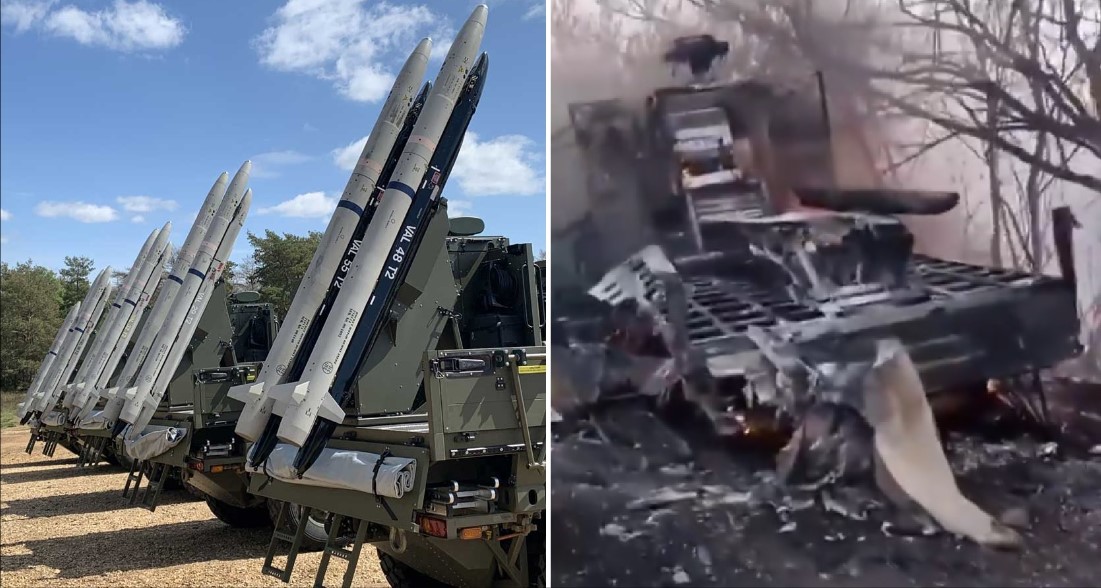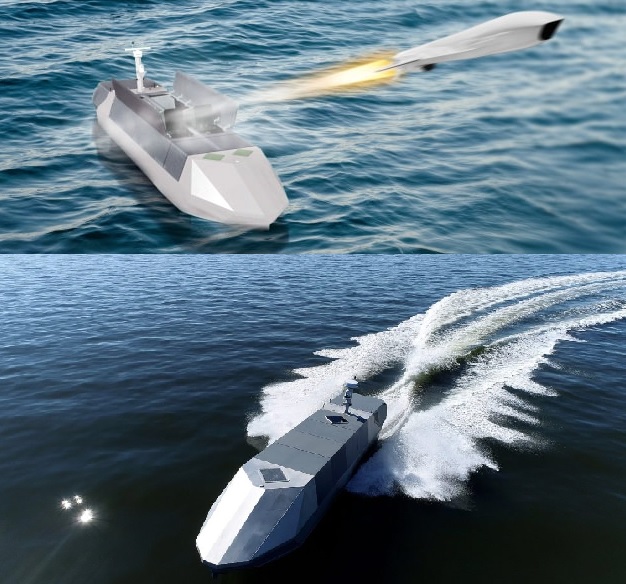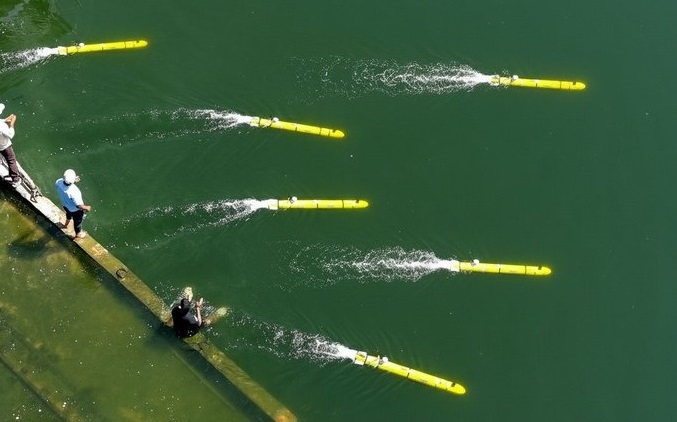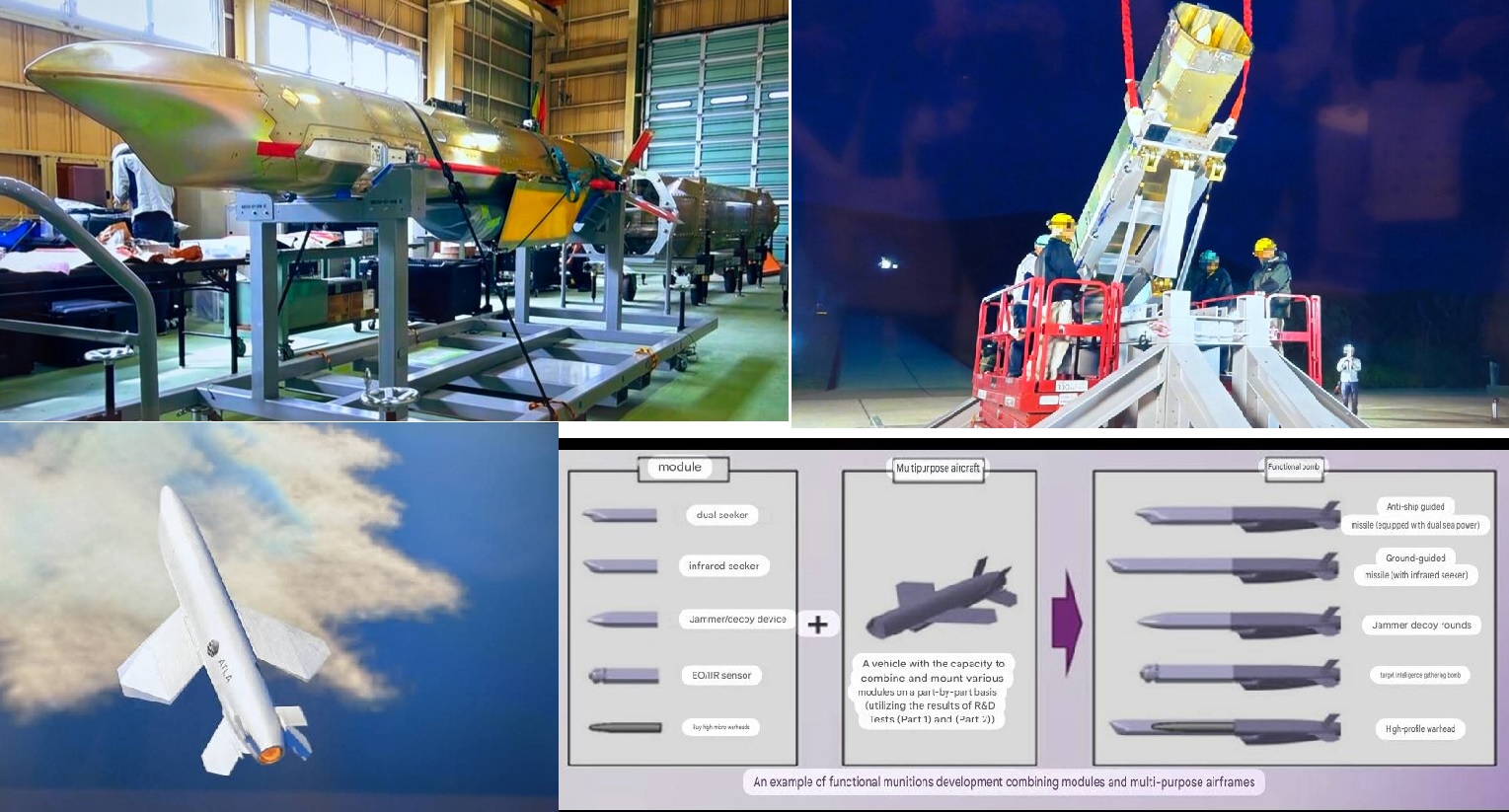Russia Reportedly Destroys UK-Built Raven Air-Defense System in Ukraine

Russia has reportedly destroyed a Raven ground-based air-defense system, one of the newest and most improvised British weapons supplied to Ukraine. The system, developed rapidly by the United Kingdom specifically for Ukrainian requirements, had been hailed as a potential “game-changer” due to its mobility and ability to counter low-flying cruise missiles and drones.
According to defense sources, 13 Raven units have been officially delivered to Ukraine. Kyiv has acknowledged that at least one system has been lost, following Russian strikes targeting mobile short-range air defenses operating near the front.
Imagery circulating on social media in recent days shows what appears to be a burning British-made Raven launcher, though independent verification remains difficult.
A Hybrid System Designed for Speed and Survivability
The Raven is an unusual creation in modern warfare — a hybrid system built by combining an aircraft missile with a battlefield transport vehicle. Engineers adapted the AIM-132 ASRAAM, a short-range air-to-air missile, for ground launch and mounted it on the rugged Supacat HMT 600 6×6 high-mobility truck.
Each Raven carries two ASRAAM missiles on launch rails originally designed for British fighter jets. A mast-mounted infrared and electro-optical sensor suite enables operators to detect, track, and engage hostile aerial targets without relying on radar — a feature intended to reduce vulnerability to Russian electronic attacks and anti-radiation missiles.
British officials have described Raven as a rapid-development battlefield innovation, created in just a few months to fill Ukraine’s critical short-range air-defense gap.
Proven in Combat Before Its Destruction
Despite its short combat career, the Raven had already demonstrated significant battlefield effectiveness. Ukrainian air-defense units had credited the system with shooting down at least two Russian cruise missiles — a Kh-59 and a long-range Kh-101 — in addition to intercepting drones and loitering munitions.
These engagements highlighted Raven’s unique strength: the ability to launch high-speed infrared missiles without waiting for lengthy radar lock-ons.
Ukrainian crews had also praised the system’s “shoot-and-scoot” nature, reporting that the Supacat chassis allowed them to relocate within seconds to avoid counter-strikes — a necessity in a battlespace saturated with Russian Lancet loitering munitions.
Capabilities and Specifications
While many technical details remain classified, open-source information provides a clear picture of Raven’s primary capabilities:
Key Specifications
-
Missile: AIM-132 ASRAAM
-
Speed: Over Mach 3
-
Seeker: Imaging infrared, with lock-on-after-launch capability
-
Estimated ground-launch range: 10–15 km
-
Warhead: Approx. 10 kg blast-fragmentation
-
Vehicle: Supacat HMT 600 high-mobility truck
-
Role: Short-range air defense against drones, cruise missiles, helicopters, and low-flying aircraft
The combination of speed, infrared guidance, and mobility made Raven particularly useful against fast, low-flying missile threats that often evade larger systems such as Patriot or S-300 batteries.
Russian Pressure on Western Systems
The destruction of the Raven system comes amid a broader Russian campaign to target newly delivered Western air defenses.
U.S. Senator Marco Rubio recently remarked that Russia is destroying some Western-supplied systems “just a week after installation,” referencing the scale of Russian drone and missile saturation attacks and the vulnerability of lightly armored mobile platforms.
Rubio simultaneously criticized European hesitation to deliver long-range strike options to Ukraine, noting the irony that some nations oppose transferring weapons such as Tomahawk cruise missiles — which he described as “nuclear-capable” — even while Kyiv urgently needs more defensive systems to protect its cities.
A Limited but Symbolic Loss
The confirmed loss of a Raven system underscores both its importance and its vulnerability. With only 13 units supplied, each destroyed launcher represents a significant reduction in Ukraine’s already overstretched air-defense network.
Still, Kyiv insists that the system has already proven its worth. Even a single interception of a cruise missile — capable of leveling entire residential blocks — is viewed as justification for deploying these small, mobile platforms despite the inherent risks.
For the United Kingdom, the battlefield performance of Raven demonstrates the value of rapid innovation. For Ukraine, it represents both a success and a reminder that every air-defense asset is now a frontline priority in a war where missiles, not tanks, increasingly dictate strategic outcomes.
✍️ This article is written by the team of The Defense News.






